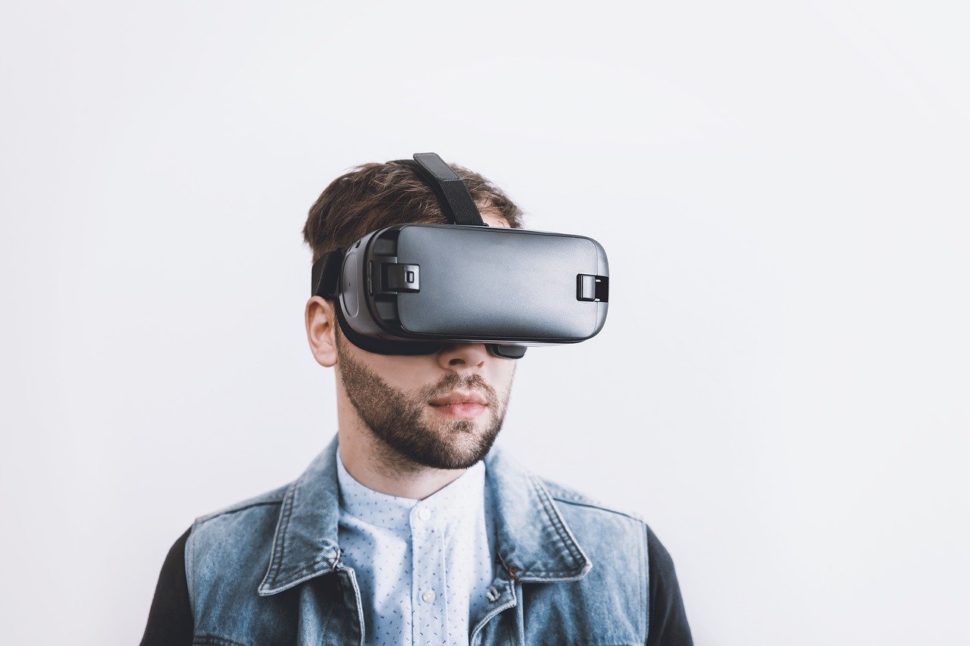A team of researchers at the National University of Singapore replicated the sourness and look of lemonade and digitally transmitted them to a glass of water in another location via a system of sensors and electrodes.
From entertainment to therapeutic applications, the main advantage of VR is to create an artificial space, complete with stimuli, to replicate real world experiences. But today’s VR systems can only offer limited immersion. Researchers are working on adding multisensory stimuli to VR experiments to make them more close to reality.
Virtual Lemonade: Replicating Taste, Smell, and Sound
Nimesha Ranasinghe, research fellow at the National University of Singapore, have already developed a technology that simulates different tastes. It’s called Digital Lollipop, and it was the Netexplo Award Winner in 2014.
Now, with a team of scientists at NUS, Ranasinghe used RGB color sensors and pH sensors to obtain the color and sourness of fresh lemonade. The data was then sent to a tumbler filled with water. Around the rim of the glass, an electrode transmitted to the tongue the sourness of the lemonade with a pulse of electricity. LED lights gave the water the desired color.
Nimesha Ranasinghe and colleagues created virtual lemonade that tastes and smells the same as the real thing.Click To TweetTo test the results, the researchers recruited 13 participants to taste a variety of real and virtual lemonades in three colors: green, yellow and cloudy white. Participants were asked to put their tongue on the edge of the glass of water to receive electrode pulses, and then evaluate the acidity based on the look before tasting.
The results showed that participants found real lemonades to be sourer than the virtual ones. But based on color observations, they perceived the cloudy white virtual lemonade as sourer.
But the system is still unable to pass a perfect flavor of beverages because it has yet to include smell. However, Ranasinghe and his teammates–who presented their work at the Conference on Tangible, Embedded and Embodied Interaction, held last week in Yokohama, Japan–are working on a virtual cocktail combining smell, taste, and color, in hopes that they would be able to create any drink.
VR Beyond Sight and Sound
It’s the five senses that make our interaction with the world around us palpable, rich and, well, real. So that VR systems simulate real experiences faithfully and enhance immersion, they must be able to recruit the user’s senses through simulated multisensory perceptions.
Until now, only sight and sound being integrated into VR, with olfaction to a lesser degree, this development could have big implications for the future of VR experiences: Guides of flavors, virtually tasting dishes before ordering, social media sharing of recipes, virtually satisfying sugar and salt cravings or enhancing movie going experience via systems like the old Smell-O-Vision.





Will this technology be outdated already before it is commercialized? Could all
senses be simulated directly to brains? Neural lace of Neuralink may be too
futuristic. But no inside head implants are needed with sensor cap, nanorobot
or genetic methods.